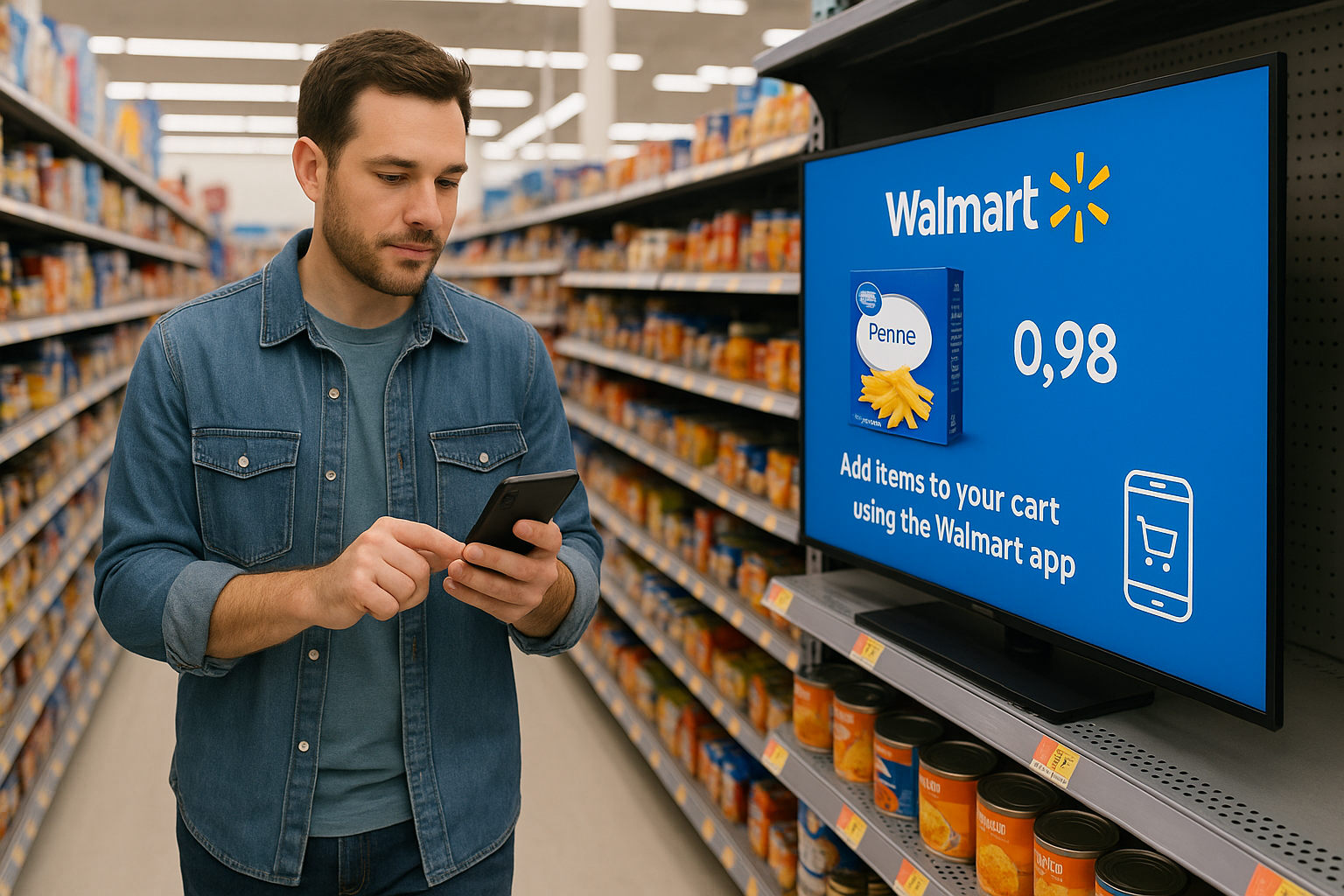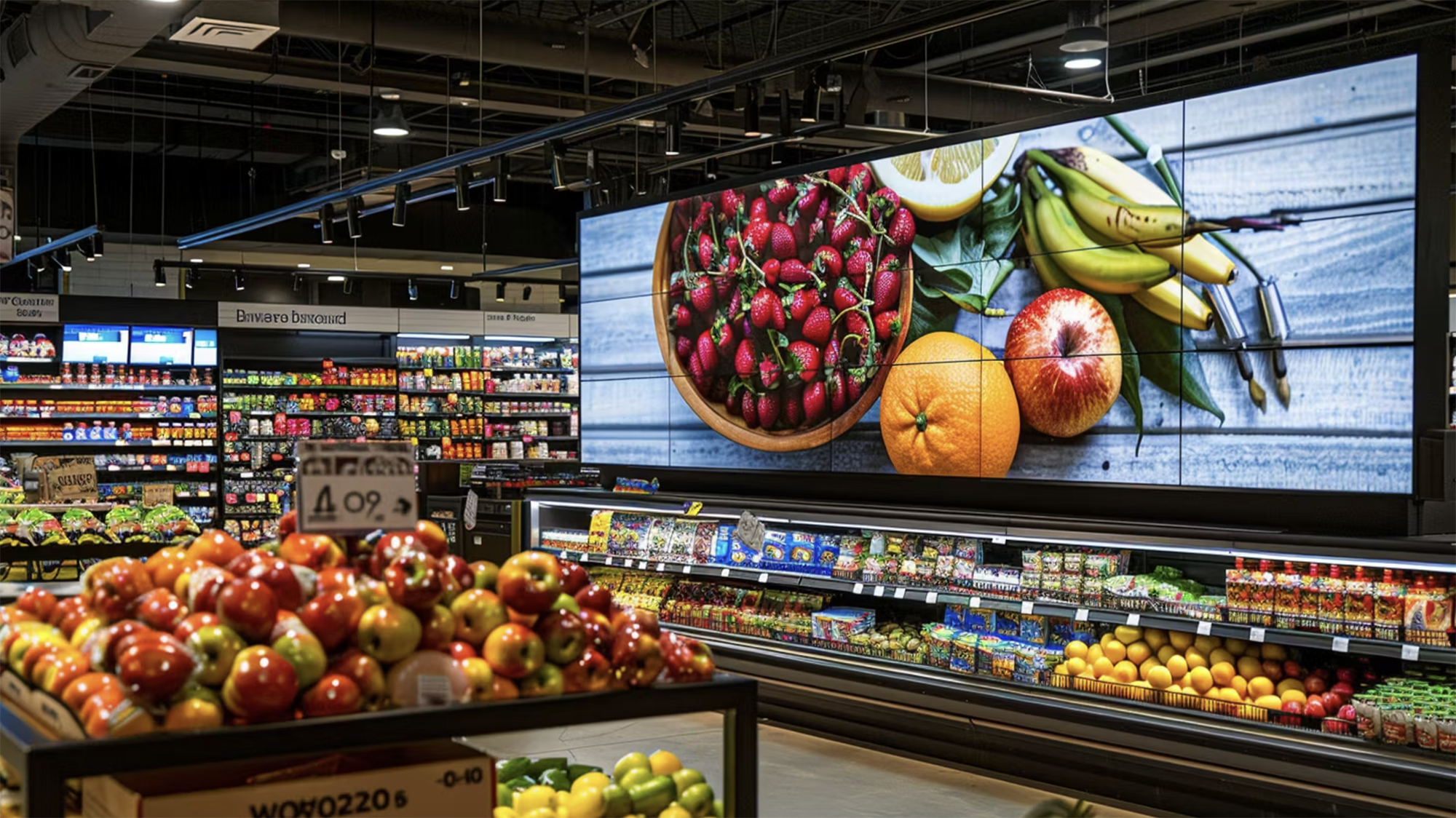Costco's Membership Model Drives Loyalty Amidst Accelerating Digital Profitability

At a Glance
- Costco's sales report $57.39 billion
- E-commerce sales grew 20.7%
- Shopping Frequency in U.S. customers increased by 5%
- Costco's membership fee saw an increase of 7.6% from previous quarter
Costco outperformed expectations, reporting net sales of $57.39 billion, a notable 9.1% increase from $52.6 billion in the third quarter of the previous year. In the U.S., comparable sales saw a 6% rise for the third quarter, while e-commerce sales experienced robust growth of 20.7%, up by 2.4% from the last quarter. According to our "State of Digital Grocery" report, all digital grocery sales accounted for 13.7% of total sales, with a year-over-year growth of 5.2% from 2023.
Key Highlights
Digital Enhancements and User Engagement
In the third quarter, Costco's digital segment saw solid results. E-commerce sales grew by 20.7%, and app downloads increased by 32% year over year, with approximately 2.5 million new downloads in the quarter, bringing the total to over 35 million. Site traffic also increased by 16%, and the average order value rose by 8%. These metrics underscore the effectiveness of Costco's digital strategy and its ability to attract and retain online shoppers.
Membership Model and Customer Loyalty
Costco’s membership fee income saw an impressive increase of $79 million in Q3, reflecting a 7.6% rise from the previous quarter. The renewal rate reached 93% in the U.S. and Canada, up one-tenth from Q2. This indicates strong and improving customer loyalty. Our internal research supports this trend, showing that 41% of grocers are investing in membership models to enhance their digital profitability. The rise in membership fee revenue by 8% further highlights the value perception and loyalty Costco enjoys among its members.
Consumer Spending
Shopping frequency in the U.S. increased by 5.5%, aligning with our research indicating that a few loyal shoppers drive frequency. Despite the increased shopping frequency, the average transaction value remained relatively flat, with only a 0.7% increase. This aligns with our research findings that 71% of shoppers expect tighter household budgets over the next three months, suggesting that consumers are prioritizing frequency over spending per visit, indicating cautious spending behavior amidst economic uncertainty.
Logistics and Delivery Optimization
Our internal research supports these findings, revealing that 69% of grocers have identified renegotiating logistics and delivery costs as a critical area for improvement. This emphasis on optimizing logistics and delivery expenses aligns with Costco's strategy of leveraging its logistics capabilities to enhance value and customer satisfaction. Costco Logistics has been instrumental in this success, with deliveries increasing by 28% during the quarter. The acquisition of Innovel (now Costco Logistics) has played a key role in providing greater value and a superior end-to-end experience for members, including delivery, installation, and removal of old appliances. This strategic move has proven to be a significant differentiator for Costco, enhancing the overall member experience and driving higher customer satisfaction.
Conclusion
Costco's strong performance and significant digital growth reflect its successful strategies in adapting to changing consumer behaviors and economic conditions. The increase in shopping frequency, coupled with a stable average transaction value and rising basket prices, underscores the importance of understanding and responding to consumer trends in a dynamic market.


.png)



.png)
.png)



.png)


